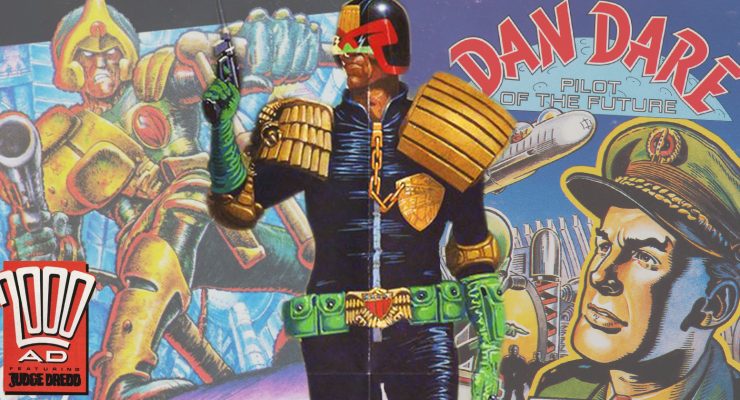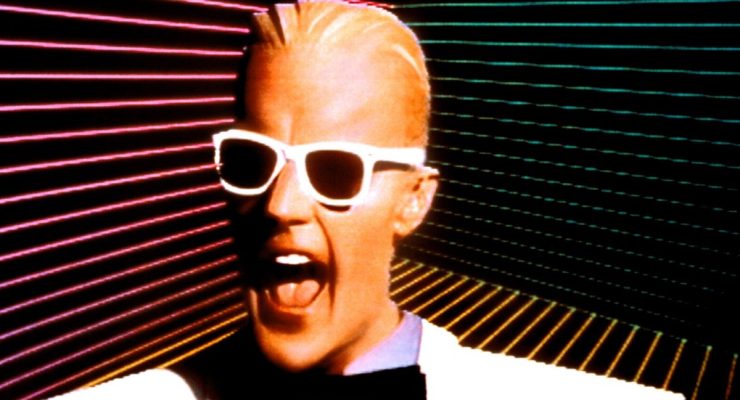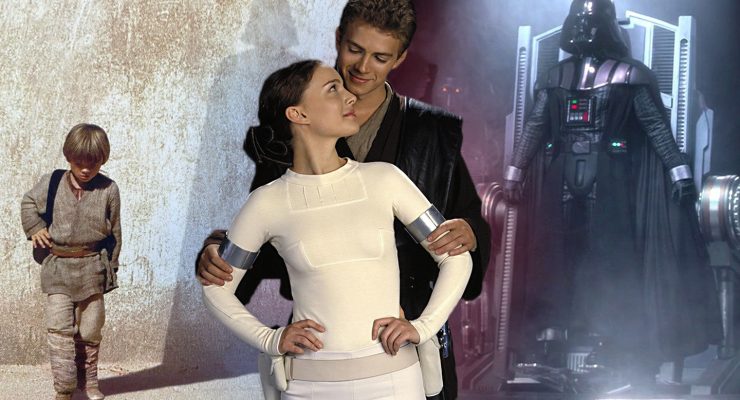Trevor Hogg chats with Michael Wilkinson about the craft of costume design and collaborating with Zack Snyder on Man of Steel….
“There aren’t a lot of artists in my family, but I was raised in a supportive home and was encouraged to pursue my passions, for that I am grateful,” states Michael Wilkinson who was captivated by a movie helmed by Jane Campion which resulted in her being nominated for Best Director at the Academy Awards. I was really affected by The Piano [1993]; it helped me to think about filmmaking as an expressive art form. I saw the potential that there is to tell a powerful story from the synergy between production design, cinematography and costume design.” Initially studying architecture, Wilkinson decided to obtain a degree in design at the National Institute of Dramatic Arts. “I knew that I wanted to be a costume designer when I was 16; I worked as a dresser at the opera and ballet in my hometown of Sydney, Australia. I was fascinated by the behind-the-scenes world, and from then on I was focused on becoming a costume designer.” The opening and closing ceremonies at the 2000 Sydney Summer Olympic Games were an epic creative challenge. “It was like doing 17 different large-scale theatre productions simultaneously! We were creating literally hundreds of costumes. We had a huge industrial warehouse that became Costume Headquarters, an endless flow of fittings, fabrics and mayhem!”
“Great costume design is when the clothes support the film’s themes; they help tell the story, using the tools of colour, silhouette and texture. It should never be distracting or overdone. My heroes are Janet Patterson [The Piano, Bright Star], Milena Canonero [Marie-Antoinette, A Clockwork Orange] and the late great Piero Tosi [The Leopard, Death in Venice].” The three-time Costume Designers Guild Awards nominee for Babel (2006), 300 (2006) and Tron: Legacy (2010) observes, “A Costume Designer needs to have an unusual mix of personality traits. Of course, most important is the capacity for a deep understanding of character. What makes people tick, and how they express who they are, consciously and unconsciously, by the clothes that they wear? But Costume Design is extremely collaborative, so you have to be able to check your ego at the door, work in a team and be diplomatic. You cannot create costumes all alone so you also have to be a good manger of people, to be able to lead a department, and learn how to get the best out of your costume team.”
“Fortunately I am a bit of a techno geek, so I love seeing how new technologies can take my work to new places,” states Michael Wilkinson. “It affects all areas of my work: Photoshop illustrations, Skype presentations, digital character design, and 3D printing of costume pieces; it’s all exciting.” Wilkinson adds, “I think that so long as Costume Designers keep evolving and adjusting their craft and their attitude in keeping with digital effects, it will be a very inspiring time to create costumes. The potential for collaboration with digital artists in creating characters is endless fascinating. We can bring our expertise in fabrics, textures, character analysis to the table, and when you combine this with the digital artists’ technical skills, the results can be compelling.”
The creative hybrid approach has led the Australian to become a member of the inner circle of filmmaker Zack Snyder who makes extensive use of visual effects. “I feel absolutely blessed to be able to continue collaborating with Zack; he is the most inspired and inspiring director in town. I don’t think our process has changed over all of these years; it has always been involved a lot of energy, deep research, intense conceptual exploration, and a healthy dose of good humour.” A variety of mediums were explored conducting visual research for 300, Watchmen (2009), Sucker Punch (2011) and Man of Steel (2013). “I always cast the net wide with research. I look at everything from art history, haute couture, new media, photography, and video art. It’s a challenge when you are bringing beloved characters from a graphic novel to the big screen; I try to stay respectful to the original, and yet breathe new life into the designs, to keep my ideas fresh and provocative.”
“We are all huge Superman fans here, so we knew the designs had to stay close to the original design,” states Michael Wilkinson while discussing his contributions to Man of Steel. “It became a process of simply updating the details and finding a texture that looks great on camera. Also, we knew that for the suit to be authentic, we had to explain WHY it looks the way it looks. We showed that the suit is a protective layer that all Kryptonians wear, almost like medieval chainmail. All Kryptonians feature a family crest, or coat-of-arms on their chest, like Superman’s suit, and share the suits details – the cuff, boots, and cape.” Wilkinson reveals, “We built all of the costumes for Krypton from scratch; we created fabrics, and then etched, painted and encrusted them to achieve the right sense of grandeur and decay. Even the extras for the contemporary scenes on earth were all pre-fitted and designed to help support the story and the tone of the film.”
Certain character traits were kept in mind when assembling the wardrobes for the principle cast members.
“Lois Lane. Intelligent, sophisticated, and capable. Sharp tailoring at the office, and practical layers for on-location fieldwork”
“Perry White. Smart, big personality, and powerful. Idiosyncratic detailing, interesting textures and fabrics combined with confidence.”
“Jonathan and Martha Kent. Warm, loving, and genuine. Unpretentious work wear, rugged, worn textures, and warm colours.”
“Teenage Clark Kent. All-American, and searching for identity. Thick hoodies, jeans, and cosy plaids.”
“Adult Clark Kent. Isolated, and questioning. Physique and identity hidden under bulky clothes, and layers.”
“Zod & Faora-Ul. Aggressive, inhuman, and unstoppable. Slick oily textures that seem otherworldly, complex, spiky silhouettes and alien forms.”
“Jor-El & Lara. Unquestioning love and idealism. Heroic neo-medieval silhouette, and using intriguing alien fabrics and detailing.”
“We only had 14 multiples of the Superman suit, which is incredible when you think about the long shooting period and the amount of stunt work it had to sustain,” states Michael Wilkinson. “I had great costumers in my team who looked after the suit with utmost care and respect!” As for turning the iconic comic book outfit into something cinematically suitable, Wilkinson remarks, “Since I was unavailable for the initial pre-production stage, Zack started work on the film with the amazing Jim Acheson [The Last Emperor]. The design for the suit came about after much exploration and development from Jim and concept illustrator Warren Manser [Alice in Wonderland]. Hundreds of drawings were created, doing due diligence to the epic task of bringing Superman onto the big screen. There was a lot of prototyping of materials and construction. By the time I came on board, we continued to scrutinize colours, textures and fabrication techniques. We constantly camera tested our work to make sure that we were getting the right results. It was a wonderful period of exploration into a Superman for our times.”
Man of Steel production images © 2013 Warner Bros. Entertainment Inc. and Legendary Pictures Funding, LLC.
Many thanks to Michael Wilkinson for taking the time for this interview and make sure to visit his official website.
Fight & Flight: The Making of Man of Steel
S for Krypton: Alex McDowell talks about Man of Steel
Retro Fitted: Michael Wilkinson talks about American Hustle
Trevor Hogg is a freelance video editor and writer who currently resides in Canada.











